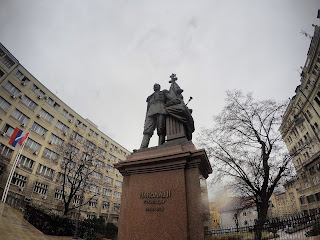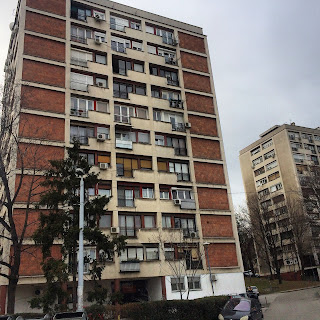It doesn’t feel quite right putting together any kind of
review for a city in which I spent less than 24 hours but I thought I would try
and at least throw some words together about the Romanian city of Timisoara,
and just let the pictures do the rest.
Our arrival into the city couldn’t have been any more
stressful and we would have probably been kicked off a train into the bleak
Romanian countryside for not purchasing our tickets correctly had it not been
for the intervention of a kind young couple.
We eventually arrived nonetheless and eventually navigated
our way from the city’s main train station into the city centre which more than
300,000 call home.
After a much-needed catch-up sleep we hit the streets and
enjoyed a few hours browsing the student city dominated by the Timisoara
Orthodox Cathedral and smaller St George’s Cathedral.
Timisoara is spotlessly clean and feels like a pretty relaxing
place to call home with its slow pace of life.
Students sit around chatting and sipping coffee while locals
casually go about their day to day lives.
The city is strikingly beautiful with lots of wide open
spaces and is the historic capital of the region of Banat. Much like Belgrade,
where we had come from, it was refreshingly cheap.
We enjoyed a few hours sitting and strolling in the sun and
the time in Timisoara, a former European Capital of Culture, almost felt like a city detox after Belgrade’s high
octane hustle and bustle.
Timisoara has also played an important part politically having in the late 1980s seen the birth of a country-wide demonstration which led to the overthrow of dictator Nicolae Ceausescue, and again recently been the scene of gatherings protesting about government corruption.
Timisoara has also played an important part politically having in the late 1980s seen the birth of a country-wide demonstration which led to the overthrow of dictator Nicolae Ceausescue, and again recently been the scene of gatherings protesting about government corruption.
In an ideal world we would have had a little more time to
look around, but I still think myself lucky to have had the chance to at least
briefly sample life in Romania’s third city which I can only imagine is a world
away from the capital of Bucharest and considerably more picturesque.























